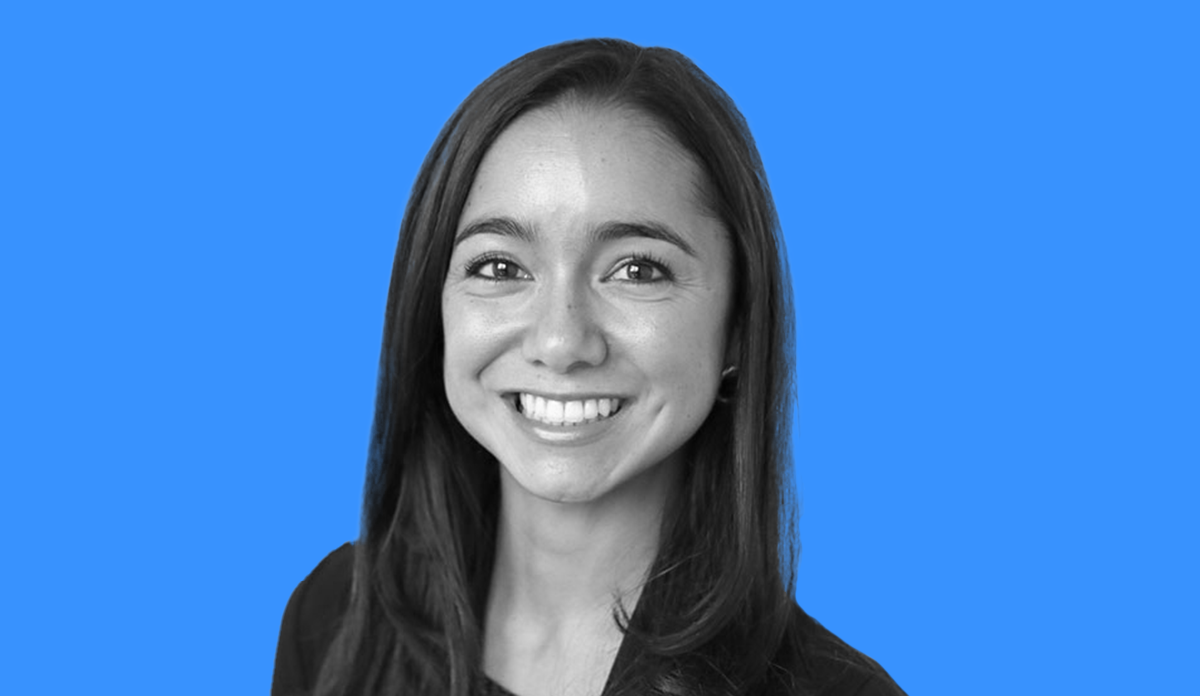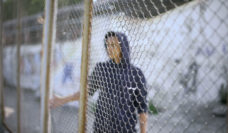“Internally displaced people are amongst the most invisible of the humankind.”
Louisa Yasukawa came across this quote while studying law at the Australian National University. It wasn’t until she joined the United Nations High Commissioner for Refugees (UNHRC) that her interest in the phenomenon of internal displacement – when people are forced to leave their homes due to conflict, violence, human rights violations, or disasters – truly grew.
While working with refugees for the UNHRC, Yasukawa was shocked to learn that many had been internally displaced in their home country two, three, or more times. Their decision to flee to another country had only been a last resort after having been relocated repeatedly.
Yasukawa realized that to address the conditions that force people to become refugees, it was vital to first confront internal displacement. She pursued a Masters in Refugee and Forced Migration Studies at the University of Oxford, which led her to managing several research projects at the Internal Displacement Monitoring Centre (IDMC). She sat down with us to share more about internal displacement and how it impacts marginalized communities.
PHP: How is internal displacement different than being a refugee?
Louisa Yasukawa: It’s important to remember that refugees and internally displaced people (IDPs) are often the same people. Many refugees were IDPs before seeking asylum elsewhere.
However, there are three main differences between IDPs and refugees. The first is where they are located. Both are forced to flee their homes, but IDPs remain within their home country. The second difference is the reason for displacement. Refugees flee due to a well-founded fear of persecution. IDPs similarly face persecution, violence, or human rights violations, but also flee from disasters.
Finally, there is a difference in legal status. While refugees are afforded special legal protections under international law, IDPs are subject to the laws of their own countries.
Your research focuses on people with disabilities. How are they impacted by internal displacement?
My colleagues at the Norwegian Refugee Council were assisting a woman in Ukraine – let’s refer to her as Maria. Maria struggled with health issues, including a recent stroke, so she relied on a wheelchair to move around. After she and her son were evacuated from Eastern Ukraine to Lviv, Maria struggled to access the right medicine and adequate alternative housing. She considered leaving Ukraine, but like many IDPs, Maria and her son lacked the papers to document her disability. As military-age men are prevented from leaving, Maria’s son wasn’t allowed to accompany her across the border without formal proof of her disability and his status as her caregiver.
People with disabilities are often excluded from humanitarian planning, so they face physical barriers; a lack of information; and discrimination before, during, and after displacement. For instance, the town of Beledweyne, Somalia, is regularly affected by flooding. According to a local representative of people with disabilities, there are no vehicles to transport them and there are no wheelchairs that can withstand the water, leaving some people with disabilities to crawl to safety when floods hit.
How can we ensure inclusive data collection that reaches marginalized groups?
More complete data can foster more effective planning, resource allocation, and ultimately more tailored and inclusive programming. This involves the production of data, how you collect it, and what you do with it.
Disability rights advocates often say, “Nothing about us without us.” It’s important to consult people with disabilities when designing data collection tools or to train them to collect the data themselves to ensure data is inclusive. People with disabilities are not a homogenous group, so it’s important to take an intersectional approach: assessing how age, gender, other characteristics intersect with disability and affect experiences of displacement.
Finally, the data collected must be effectively disseminated to the audiences you’re seeking to engage and inform. Partnerships between stakeholders are key. For example, the Inclusive Data Charter is a growing global initiative that supports organizations in taking action and sharing knowledge on inclusive data.
Are there challenges that you’ve encountered when explaining or translating data, especially for diverse audiences, such as policymakers?
Policymakers often want data distilled into actionable takeaways, but the reality is that internal displacement is complex and multifaceted. It’s not just a humanitarian issue but a development challenge, as well. Addressing it goes beyond establishing emergency shelters. It means investing in longer term programs supporting IDPs in new areas, investing in disaster risk reduction measures, reevaluating land planning so houses aren’t built next to rivers that may flood and overflow, tackling social inequalities, and promoting conflict resolution to address the root causes of displacement. What works well in one context may not be effective in another.
Do you see the phenomena of internal displacement changing in the future?
Climate change can increase the frequency and intensity of sudden onset weather events, but it also affects access to land, food, water, and livelihoods, which can trigger displacement.
Perhaps we’ll also recognize more that internal displacement is a global phenomenon. There’s a tendency to think of displacement as an issue that affects certain regions. But in recent years, we’ve seen many higher income countries affected by displacement, such as the wildfires in Australia and North America or flooding across Europe.
On the positive side, I think we’ll see more innovative approaches. I’ve seen many promising examples where IDPs are driving change, and I’ve learned that IDPs’ perspectives, capacities, and networks are key to forging lasting solutions to displacement.
Yasukawa recently spoke more about her work and the challenges associated with obtaining data about marginalized and hard-to-reach populations at a Public Health Conversations hosted by Boston University School of Public Health. View the conversation here.
Photo provided














